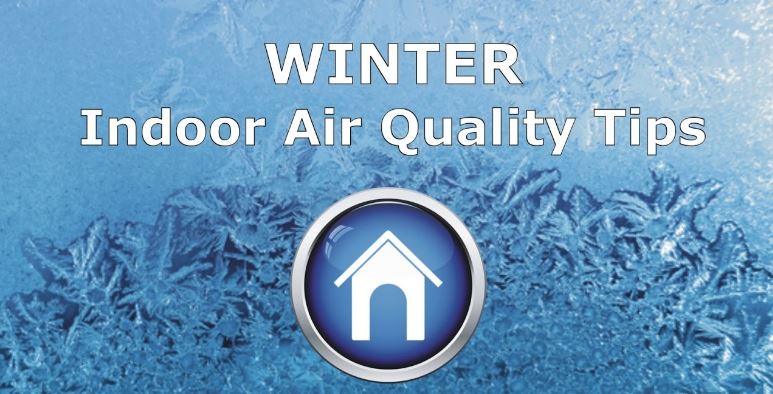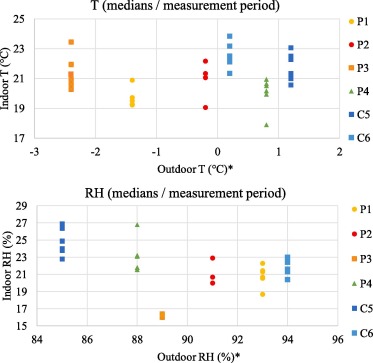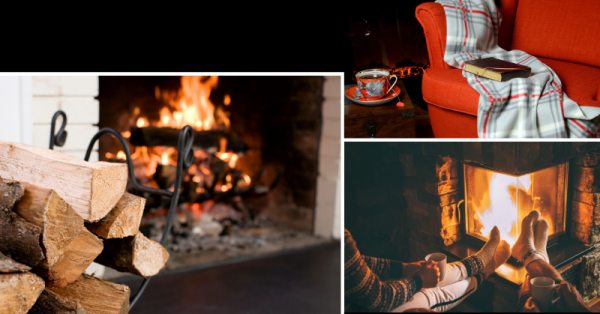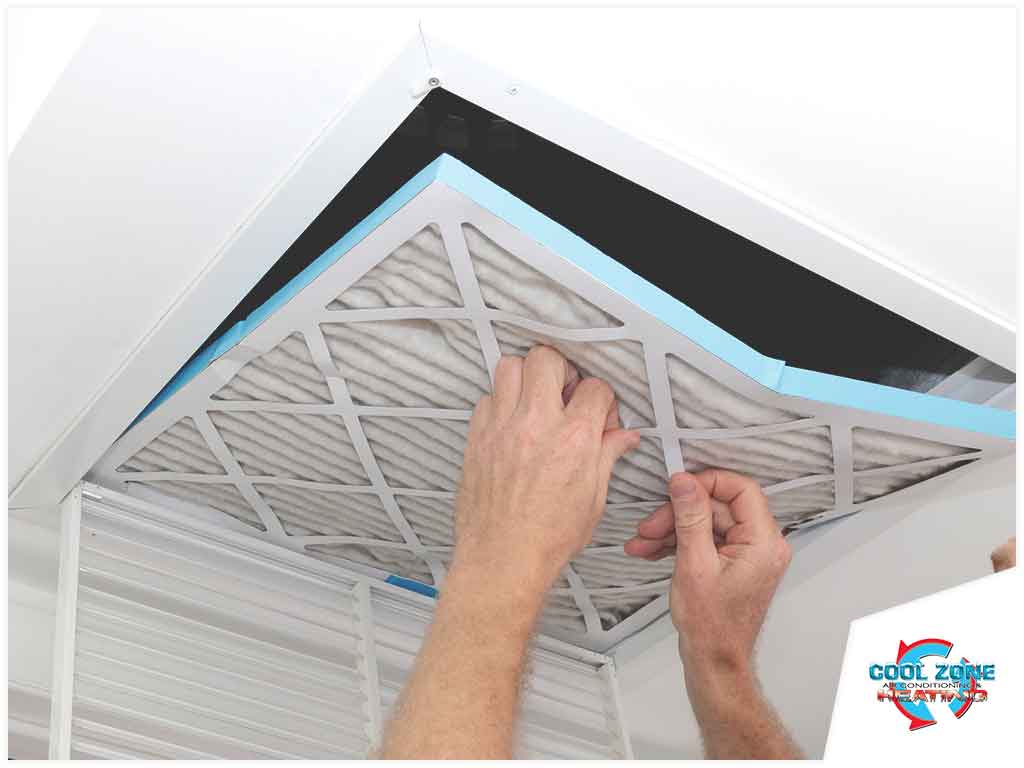How to Improve Indoor Air Quality in Winter

It’s crucial to take steps to improve indoor air quality during the winter. The cold, dry air can irritate your nose, throat, and skin. In addition to these immediate irritations, poor indoor-air-quality conditions can lead to other health problems such as respiratory illnesses and headaches. Here are some easy ways to improve the quality of […]
How Does Cold and Flu Season Affect Indoor Air Quality?

As the cold and flu season approaches, it is important to assess indoor air quality. Poor quality can make you more susceptible to the virus, and it is important to test for odour and particle count. Moreover, it can influence how often you get sick. If you live in an older building, consider the energy […]
How Do Wood Fires Or Fireplaces Affect the Air Quality of Your Home?

Wood smoke is harmful to the air quality in your home. It contains harmful pollutants and is particularly dangerous for the health of older people. It’s not only bad for your health, but it can also hurt your family’s health. You should never use a fireplace or wood burning stove if they’re not installed properly. […]
Common Types of Indoor Air Cleaners

Several common types of indoor air cleaners have evolved over time. Some of the more popular models use electronic technology, while others use chemical processes. Electrostatic precipitators, for example, use electrostatic attraction to trap particles, which then accumulate on an oppositely charged collector. Ion generators produce charged ions, which are released into the atmosphere and […]
The Difference Between Air Cleaning and Air Purification

There are several differences between air cleaning and purification. In general, air cleaners remove larger particles and biological contaminants, while purifiers kill viruses and bacteria. Some purifiers incorporate both features. Read on to learn more. What’s the difference between a room humidifier and an AC unit? And which ones are better for your home? You’ll […]
Residential Air Purifier For Allergy Triggers – HEPA Filter Report Launched
Think Air Purifiers has launched a new report covering the impact of the Clean Air Act. US residents are encouraged to use an air purifier, such as the AllerAir models available through the store. Saint Paul, United States – December 21, 2021 — The new report comes as the air purification specialist continues to educate […]
Significant facts about ozone generators and air purifiers you must know – Times Square Chronicles
Ozone generators effectively remove odors and airborne contaminants from offices, homes, and cars. They are effective in eliminating mold and order. While these tools purify the surrounding air and deliver quick results, they improve your health and well-being. If you are looking for ozone air purification tools, you must go for these generators. However, it […]
Pollution and Purification of Indoor Air

Are you a mountaineer? What do you do once you reach the top of a mountain? Many people will open their arms and close their eyes to take in a deep, relaxing breath. This is what makes fresh and clean air so special. It’s like you can pause and inhale fresh air. We have been exposed to several coronavirus outbreaks […]
Schools Dangerous to Children’s Health, Lack Funds to Fix

Students returning to school are facing more issues than just masks and COVID, but buildings that are dilapidated and pose serious risks to children’s health. The frightening reality is that there isn’t enough funding to fix all of it. At a school in southern Virginia, the fifth grade class will have to have their first […]